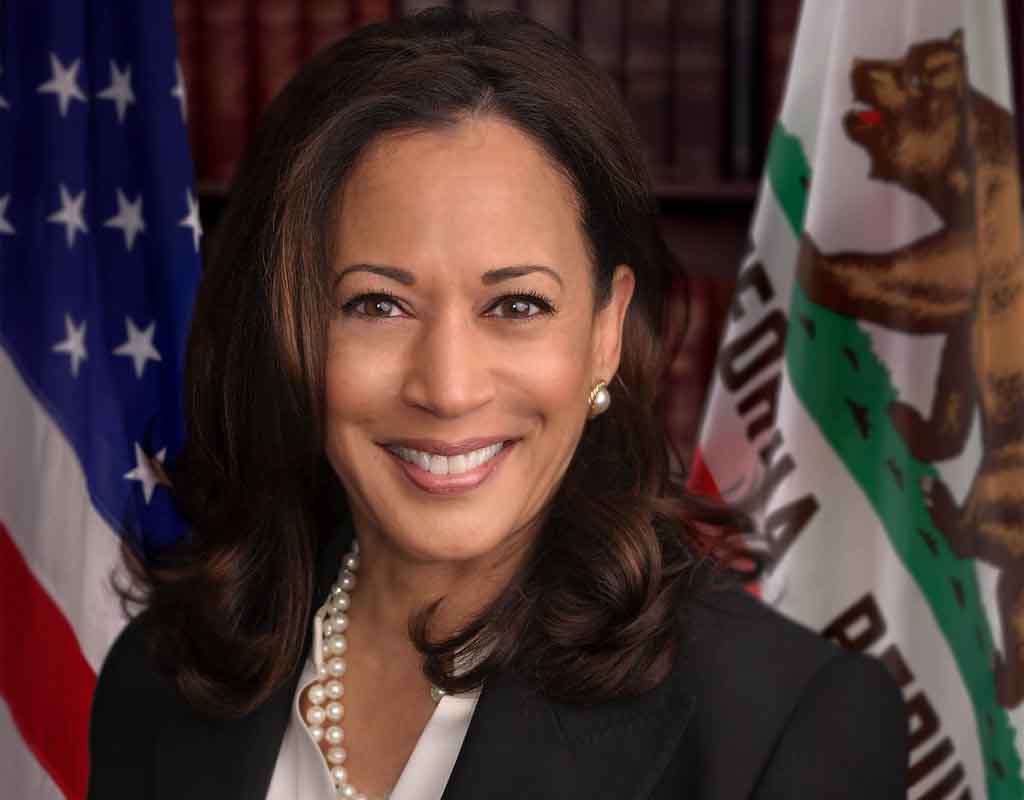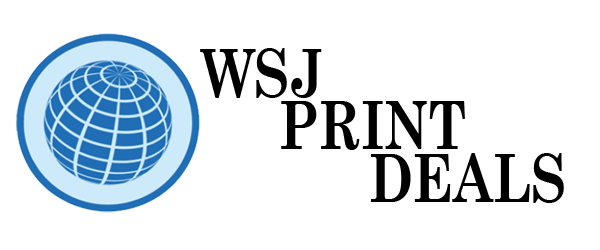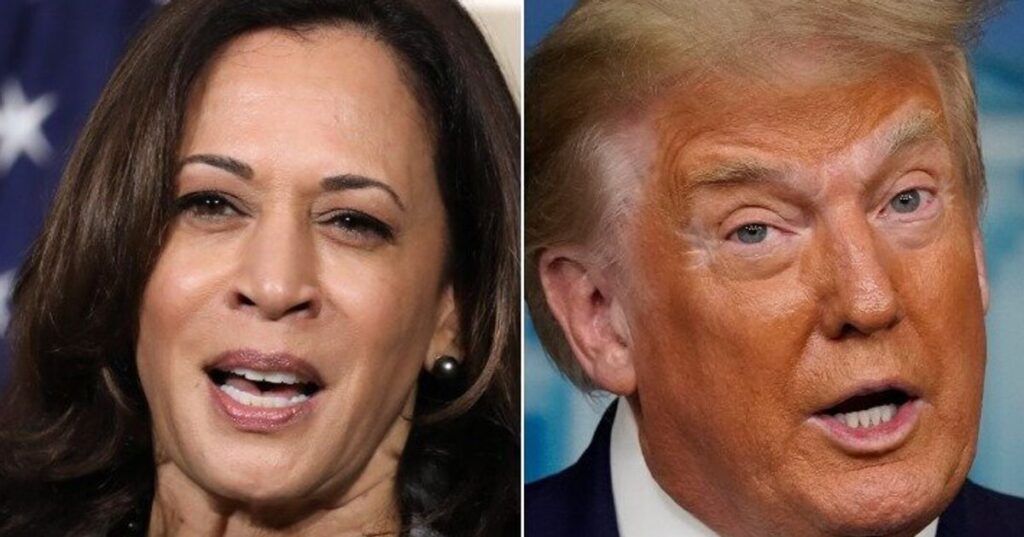The economic agendas of both presidential candidates, Joe Biden and Donald Trump, are riddled with proposals that threaten economic growth. The Biden platform, which Kamala Harris is expected to adopt, represents a more extreme version of traditional Democratic policies, featuring substantial increases in taxes and spending. Conversely, Donald Trump aims to maintain current spending and tax policies but proposes higher tariffs and an economically harmful immigration policy. While the U.S. private sector is notably resilient and innovative, challenging it with these flawed policies is unwise.
A Historical Perspective on Tariffs
Both candidates seem to have learned little from history. Every century or so, the protectionist faction within the Republican Party pushes for significantly higher tariffs, always resulting in poor outcomes. In 1930, at the onset of the Great Depression, Congress passed the Smoot-Hawley tariffs to protect U.S. industries and address the surpluses from productivity gains in the 1920s. These tariffs exacerbated the global depression, and lawmakers repealed them two years later. Similarly, the 1828 Tariff of Abominations, which raised tariffs by up to 50%, deepened the rift between the industrial North and the agricultural South and lawmakers largely reversed it within three years. Why do historical lessons fail to resonate
Tariffs are fees levied on imported goods, typically leading to higher consumer prices. The idea is that making imports more expensive will encourage a shift toward domestically produced goods. However, the benefits of this shift are outweighed by inefficiencies, increased costs for consumers, and inevitable foreign retaliation. The usual result is slower global trade, which harms the U.S. economy, according to WSJ Print Subscription.
The Impact of Tariffs in Recent Years
In 2018, Trump imposed tariffs of 25% on steel and 10% on aluminum imports, claiming, “Trade wars are good and easy to win.” China retaliated, and Trump’s promise of a resurgence in U.S. manufacturing jobs proved empty. Global trade and production declined, and U.S. manufacturing jobs stagnated. Tariffs violate the principle of comparative advantage. While it might be prudent to restrict trade in goods critical to national security, Trump’s fear of bilateral trade deficits is economically baseless.
Democratic Proposals and Their Consequences
The Biden-Harris economic platform includes tax increases targeting wealthy taxpayers to fund Democratic spending priorities. Some proposals are job destroyers, while others are more insidious. Significant hikes in corporate taxes are planned. They include raising rates and nearly doubling the rate on global intangible low-taxed income. Taxes on high-income employees would also increase. These measures would reduce expected returns on capital and curtail business expansion and hiring.
The Biden-Harris platform could destabilize the stock market by taxing long-term capital gains and dividends as ordinary income. High-income taxpayers would face a 20% effective tax on an expanded measure of adjusted gross income. This includes unrealized capital gains for the very wealthy. The negative feedback effects on job creation and the broader economy would be significant.
The Elephant in the Room Social Security and Medicare
Meanwhile, both candidates have vowed not to alter Social Security and Medicare benefits and structures, which are primary drivers of large deficits and growing government debt. Promising to leave these programs untouched might be good short-term politics, but it’s irresponsibly bad economics.

Kamala Harris’s Promotion Ignites Democratic Enthusiasm
Kamala Harris’s democratic enthusiasm at the beginning of the text: Vice President Kamala Harris’s promotion has ignited a surge…
Shifting Party Lines and Future Implications
Having prepared side-by-side comparisons of presidential candidates’ economic platforms since 1992, two trends are evident. First, the Democratic Party has shifted markedly leftward. Many in the 2024 party would view Hillary Clinton’s 2016 economic platform as conservative. The Biden-Harris platform’s emphasis on income and wealth redistribution mirrors Bernie Sanders’ agendas of 2016 and 2020. Second, while Trump’s tax and spending proposals align with traditional GOP policies, his stances on tariffs and immigration diverge from the party’s historical support for free enterprise. His mass-deportation plan is impractical and counterproductive to economic growth in an aging nation.
These polarized and polarizing platforms are unhealthy. Economists should challenge the candidates to explain their proposals. Voters who seek a growing economy should ask: Whatever happened to common sense?
Available on iOS, Android, PC, and Mac, this subscription offers unlimited access to The Wall Street Journal and Barron’s. Enjoy content from Peggy Noonan, Barron’s stock picks, WSJ live TV, audible articles, and Barron’s magazine. Subscribe today!

